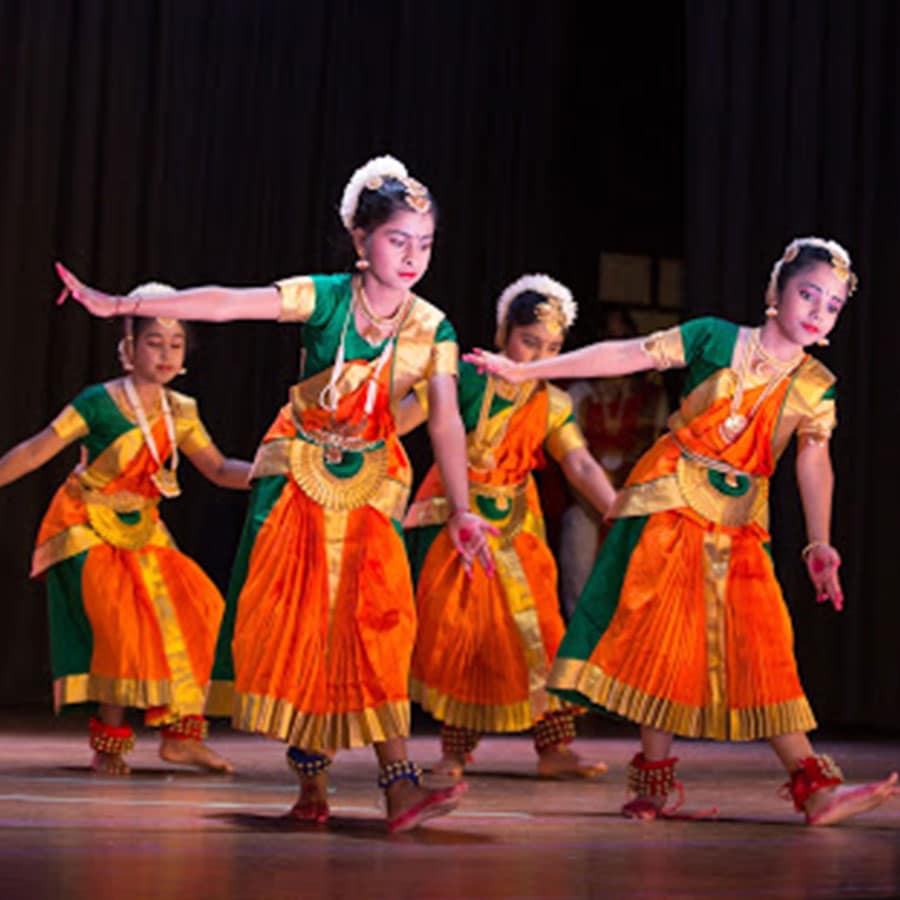Indian classical dance is a reflection of traditional Indian culture. This dance involves a combination of body Facial movements, gestures, and expressions to represent certain emotions and feelings. There are seven great Indian classical dances – Bharatnatyam, Kathak, Kathakali, Odyssey, Kuchipudi, Manipuri, and Mohiniattam.
This dance has three common aspects – Natya, Nritta, and Nritya. This aspect includes several other elements that underlie the dance. Professional dance schools focus on these three key elements – abhinaya, gestures, and navarasa because they are used as a tool to express different stories through movement. In addition, these elements are believed to be therapeutic and proven useful for the general well-being of a person who practices these elements.

In addition, it tries to make connections between expressive elements of Indian classics, Marian Chase dance, and the DMT setting. Movement is the most basic form of communication for every human being on this planet. It reveals what the whole set of words cannot. It expresses people, culture, places they come from: interesting records of our human existence.
India has rich cultural diversity, languages, traditions, and religions. Each of the 28 states follows customs and traditions, and they speak different languages. However, many spoken languages in India are based on or inherited from Sanskrit, so these languages have the same characteristics.
Dance is another element of culture creating cohesion but diversity in India. Each state in India has its own folklore and/or classics dancing style. Indians use dance in many ways, e.g. at social events, religious events or to involve the community. Indian dance is closely related to emotions resembling the perfect harmony between classical music and body movements.
